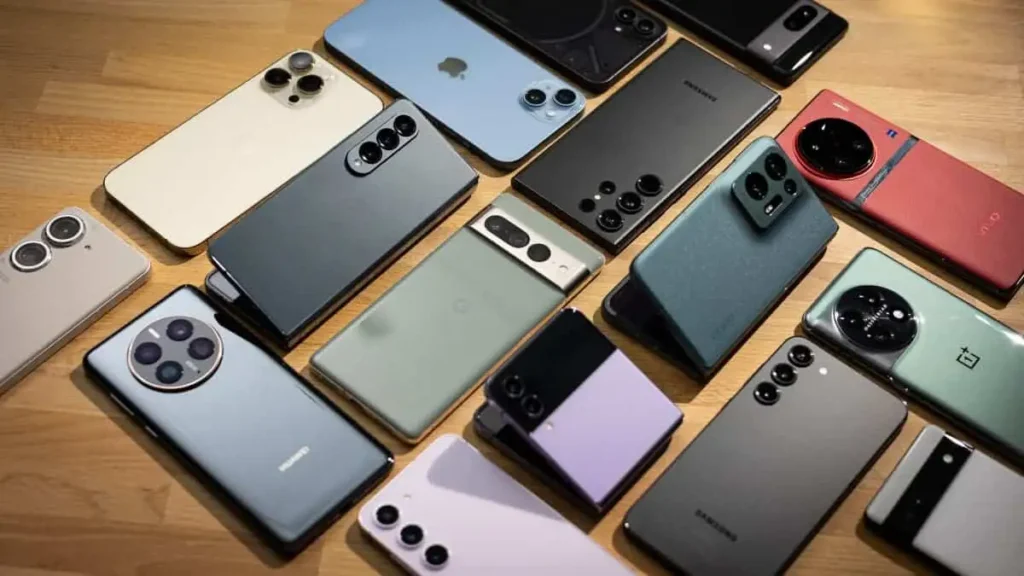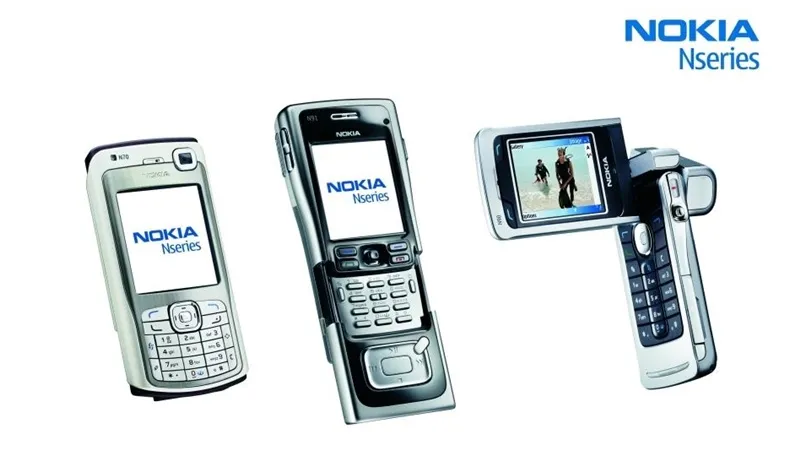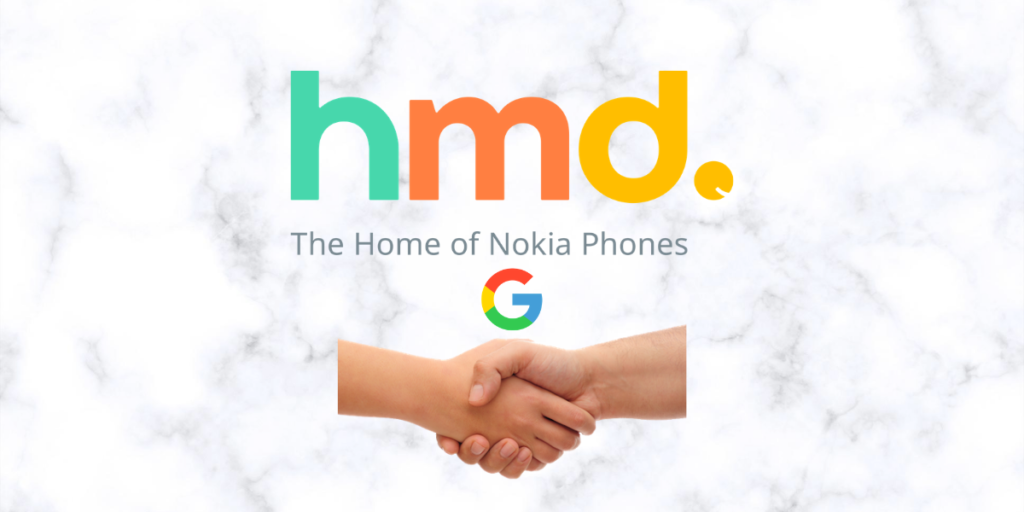Nokia, once a titan in the mobile phone industry, dominated the global market before the advent of iOS and Android. In the late 1990s and early 2000s, Nokia held a commanding 40% market share, becoming synonymous with mobile communication . However, its journey from dominance to decline offers valuable lessons in innovation, leadership, and market adaptation.
The Decline of a Mobile Giant
1. The Shift to Smartphones

With the introduction of Apple’s iPhone in 2007 and the subsequent rise of Android, the mobile industry underwent a seismic shift. Nokia, however, was slow to recognize the significance of this change. While competitors embraced touchscreen technology and app ecosystems, Nokia clung to its outdated Symbian operating system, which struggled to compete with the intuitive interfaces of iOS and Android .
2. Internal Leadership Conflicts
Compounding Nokia’s challenges were internal leadership conflicts. The company’s 2004 reorganization into a matrix structure led to tensions and the departure of key executives, resulting in a lack of cohesive strategic direction . This instability hindered decision-making and delayed responses to market changes.
3. Missed Opportunities
Nokia’s reluctance to adopt Android further isolated it from the evolving market. Despite having the opportunity to acquire Android, Nokia hesitated, allowing competitors to capitalize on the emerging platform . Additionally, the company’s partnership with Microsoft in 2011, resulting in the Lumia series, failed to gain significant traction due to a lack of developer support and a limited app ecosystem .
Iconic Nokia Phones: A Glimpse into the Past

Despite its decline, Nokia produced several iconic devices that left a lasting impact on the mobile industry:
- Nokia N95: A pioneering smartphone featuring a 5MP camera, GPS navigation, and multimedia capabilities.
- Nokia N8: Known for its exceptional 12MP camera and HDMI output, the N8 was lauded as one of the best camera phones of its time
- Nokia E71: A business-centric device with a full QWERTY keyboard, catering to professionals seeking productivity on the go.
- Nokia 5310 XpressMusic: A music-oriented phone with dedicated music keys and expandable storage, appealing to audiophiles.
These devices showcased Nokia’s commitment to innovation and quality, earning it a dedicated customer base.
The HMD Global Era: A New Chapter

In 2016, HMD Global acquired the rights to manufacture Nokia-branded smartphones. While the company has released several models, such as the Nokia 8.3 5G and the Nokia X series, they have yet to recapture the market leadership Nokia once enjoyed. The devices often focus on affordability and durability but lack the innovative features and ecosystem integration seen in competitors’ offerings.
For instance, the Nokia 8.3 5G, released in 2020, was marketed as a global 5G device but faced criticism for its underwhelming performance and lack of compelling features compared to contemporaries like the Samsung Galaxy S20 series.
Learning from the Past: Strategies for Revival
To regain its former glory, HMD Global could consider the following strategies:
1. Embrace Consumer Feedback
Engaging with customers to understand their needs and preferences can guide product development. Incorporating features that resonate with users can enhance brand loyalty and attract new customers.
2. Revive Iconic Devices

Reintroducing beloved models like the Nokia N95 or N8, updated with modern specifications, could capitalize on nostalgia and appeal to long-time fans. These devices were known for their build quality and innovative features, setting them apart in their era.
3. Innovate with Software and Ecosystem
Developing a robust app ecosystem and integrating unique software features can differentiate Nokia smartphones in a crowded market. Offering a seamless user experience with timely updates and exclusive features can attract users seeking alternatives to mainstream platforms.
4. Strengthen Brand Identity
Building a strong brand identity through consistent messaging, quality products, and customer engagement can help Nokia stand out. Emphasizing values such as durability, simplicity, and user-centric design can resonate with consumers.
Conclusion: Can Nokia Rise Again?
Nokia’s journey from dominance to decline serves as a cautionary tale about the importance of innovation, leadership, and market adaptation. While HMD Global has made strides in reviving the Nokia brand, the path to reclaiming market leadership is challenging. By learning from past mistakes and focusing on consumer needs, there is potential for Nokia to regain its position in the mobile industry.
What are your thoughts on Nokia’s journey? Do you think the brand can make a successful comeback? Share your opinions and experiences in the comments below.